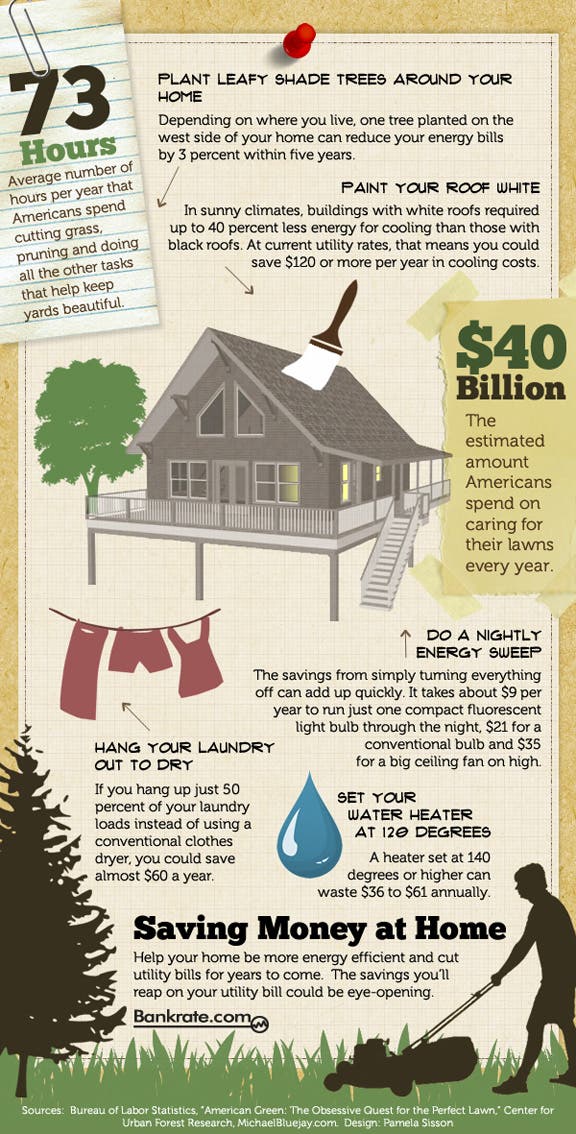Post-Tree Elimination Treatment Plays A Significant Duty In Landscape Reconstruction; Explore Important Steps To Boost Your Surroundings And Minimize Future Problems
Post-Tree Elimination Treatment Plays A Significant Duty In Landscape Reconstruction; Explore Important Steps To Boost Your Surroundings And Minimize Future Problems
Blog Article
Created By-Tate McCollum
After a tree's removal, your landscape may look quite different, and it's vital to examine the after-effects meticulously. You'll wish to examine the soil disruption and inspect bordering plants for any kind of signs of stress. Neglecting Tree Service Removal And Stump Grinding can bring about larger issues down the line. So, what should you make with those stumps and origins? And how do you choose the best plants for your rejuvenated area? Allow's check out these essential steps.
Assessing the Results: Examining Your Landscape
After a tree elimination, it's vital to analyze your landscape to recognize the effect it carries your yard.
Beginning by analyzing the location where the tree stood. Search for indications of dirt disturbance, and inspect the bordering plants for any type of anxiety or damage.
You need to likewise make note of just how the removal has actually altered sunlight direct exposure and airflow in your garden. This change can affect the growth of neighboring plants, so it's vital to examine their health and wellness.
Consider the aesthetic facets too; the removal could develop an open space that you can revamp.
Finally, think about any kind of possible erosion concerns that could occur from the tree's absence. Attending to these elements early will aid recover balance to your landscape.
Managing Stumps and Origins: Choices for Elimination
When you've examined the results of the tree removal, you'll likely need to tackle the stump and origins left behind.
What Is Tree Pruning have a couple of choices for elimination. One effective approach is stump grinding, where an expert utilizes a machine to grind the stump to underground degree. This method leaves very little interruption to your landscape.
If you prefer a do it yourself approach, you can make use of a combination of digging and chemical stump cleaners. Simply remember, this process can take time and effort.
Conversely, think about leaving Remove Small Tree Stump as a natural feature, which can serve as a special garden aspect or habitat for wild animals.
Whatever you select, addressing the stump and origins is important for recovering your landscape.
Picking the Right Plant Kingdoms for Your New Room
As you examine your freshly gotten rid of room, selecting the right plants can substantially boost your landscape's beauty and capability.
Begin by taking into consideration the sunlight and dirt problems. For sunny locations, select drought-resistant plants like lavender or succulents. In shaded areas, ferns and hostas prosper well.
Think of the size and growth habits of your plants; mix perennials and annuals for seasonal variety. Do not forget to integrate native types; they require less maintenance and support neighborhood wildlife.
Group plants in weird numbers for a much more all-natural appearance and create layers for aesthetic depth.
Lastly, guarantee you have a mix of shades and textures to keep your landscape vivid throughout the seasons.
Happy planting!
Final thought
In conclusion, recovering your landscape after tree removal is a rewarding process. By evaluating the consequences, dealing with stumps and roots, and choosing the right plants, you'll produce a growing setting. Don't neglect to integrate erosion control steps to secure your dirt. With a little initiative and care, you can transform your area right into a dynamic yard that improves your home. Accept the opportunity to revitalize your landscape and enjoy the elegance of nature right in your backyard!
